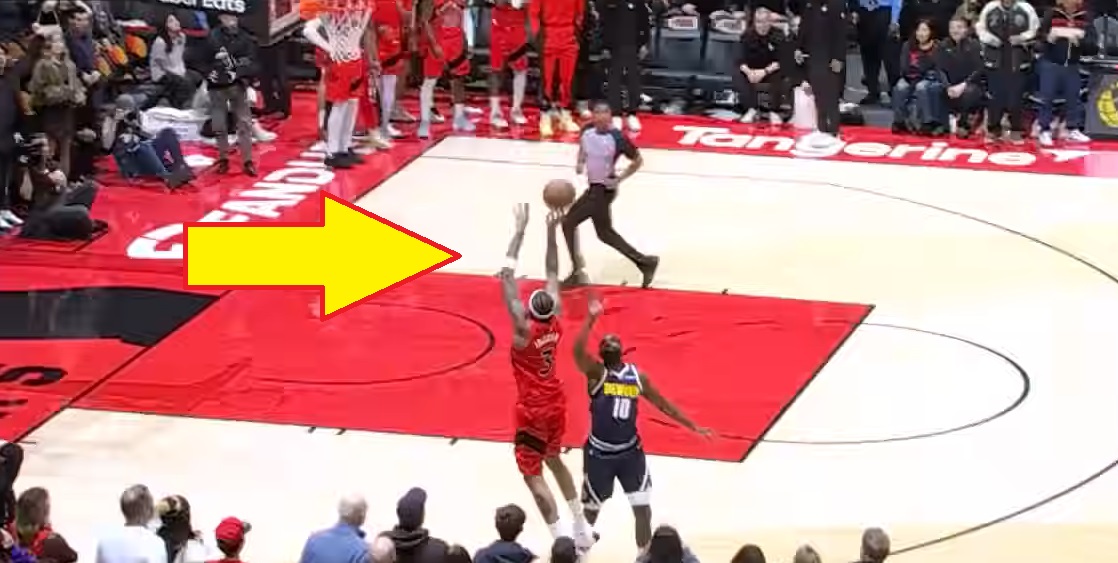
A minute of disregard during weekly shopping, and abruptly you hear a characteristic buzz of broken glass. Your baby, reaching for a toy, knocked a vase off the shelf. store staff immediately shows up, and there's 1 thought in your head: how much will it cost? It's a script that freezes the blood in all parent's veins. It is widely believed that any harm caused by a kid is the work of a caregiver. However, legal reality in 2025 is much more complex and beneficial for consumers. It turns out that the work to pay is not automatic. It is crucial to analyse the circumstances of the event and to answer the question of who is actually liable for the harm caused – or a parent who has not looked after the child, or possibly the store itself that has not taken care of the safety of its customers? knowing these rules can save your wallet and save unnecessary stress. Lawyers explain erstwhile you can refuse to pay and how to effectively defend your rights.
Key rule: Guilt in supervision. What does this mean in practice?
The legal basis governing the liability for harm caused by minors is Article 427 of the civilian Code. He says that "Who, by virtue of the law or contract, is obliged to supervise a individual who, due to age... cannot be read guilty, is obliged to make good the harm caused by that person, unless he has done the work of supervision or that the harm would besides have been incurred in the careful execution of supervision."
What does that mean in simpler words? The parent is liable for the child, but only if he can be proven Guilty in supervision. It's not about keeping a kid on a leash. The question is whether you behaved as a reasonable and liable guardian in a given situation. If your kid ran out of control all over the store, And you were going through social media at the time, and the guilt is most likely on your side. However, if you were standing right there and the kid made 1 violent, unpredictable move, dropping the unstable product – the situation looks completely different. The burden of proving you neglect is on the store.
When does a parent gotta pay? The responsibility lies on the side of the shop
This is the most crucial aspect that many consumers forget. The store has a work to guarantee the safety of all customers, including the youngest ones. If the organisation of the commercial space poses a threat, the store may bear full or partial liability for the damage. Here are the situations where you can effectively refuse to pay:
- Unstable exposures: celebrated can pyramids, wine bottles towers or shaky structures from costly porcelain. If the merchandise was set in a way that asked for disaster, the responsibility lies with the store manager.
- Too narrow and playable alleys: The wellness and safety regulations specify the minimum width of transitions in shops. If the alleys are lined with pallets with goods, carts or promotional materials, it is easy for an adult to drop something, let alone by a child.
- Fragile and costly goods within the scope of a child: Putting glass, easy breaking objects on the lowest shelves, straight within the hands of a tiny child, is asking for problem and shows deficiency of imagination of staff.
- No adequate safeguards: costly electronic devices or delicate ornaments shall be adequately secured, for example by magnetic ropes or placed in enclosed display cases.
In specified cases, the argument is simple: the harm would have occurred even with careful supervision, as this incorrect arrangement of the store was its direct cause.
How to respond at the scene? applicable Guide
When an unfortunate accident occurs, emotions frequently rise. But remember to act with your head. Here's what you should do step by step:
1. Stay calm and don't pay under pressure. The first reaction of staff is frequently a request for immediate payment. You have the right to refuse. delight kindly inform us that the issue of work is not clear. Don't plead guilty!
2. Get a photograph file. Take out your telephone and take pictures of the scene. photograph a broken thing, but above all its surroundings – narrow passage, unstable shelf, general disorder. This will be your key evidence.
3. Talk to the staff and put forward your arguments. Explain why you feel that the responsibility lies (at least partially) on the side of the store. Point to the peculiar negligence you documented in the photos.
4. You can propose a statement. If the service insists, you can agree to compose a message about the event. Describe the actual course of the situation, but avoid the wording of the blame. Emphasis on the conditions under which harm occurred (e.g. “a kid hit an unstable vase in a narrow alley”).
Remember, the store may prosecute its claims on a civilian road, but then he will gotta prove to you the guilt of supervising, which in the light of your evidence can be very difficult.
Summary: Know your rights and buy with your head
A situation where a kid destroys something in a store is stressful, but it doesn't gotta end in emptying his wallet. The key is the awareness of their rights and knowing that parental work is not unconditional. Before you agree to the payment, always examine whether the store has fulfilled its obligations and provided safe conditions for shopping. By 2025, consumers are becoming more and more aware, and shops must anticipate that it is not always possible to shift all work to the customer. Stay calm, paper and assert, but culturally, defend your position. It's the best strategy against staff force and store myths.
Read more:
The baby destroyed the goods in the store. You don't always gotta pay for it!














